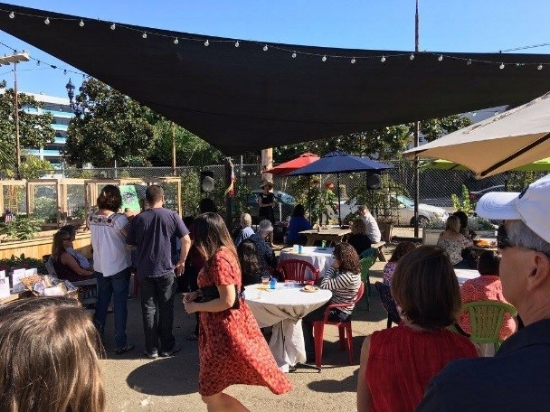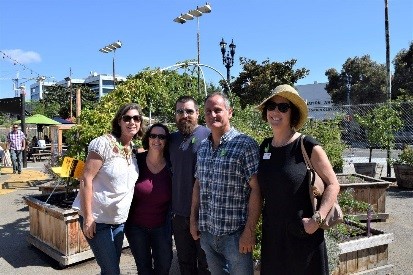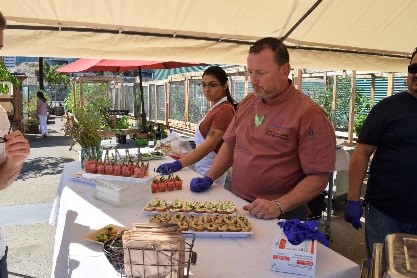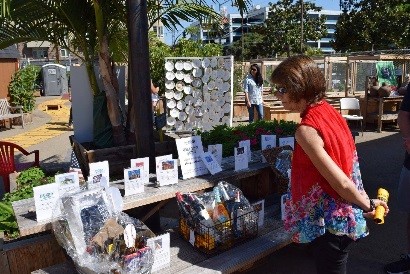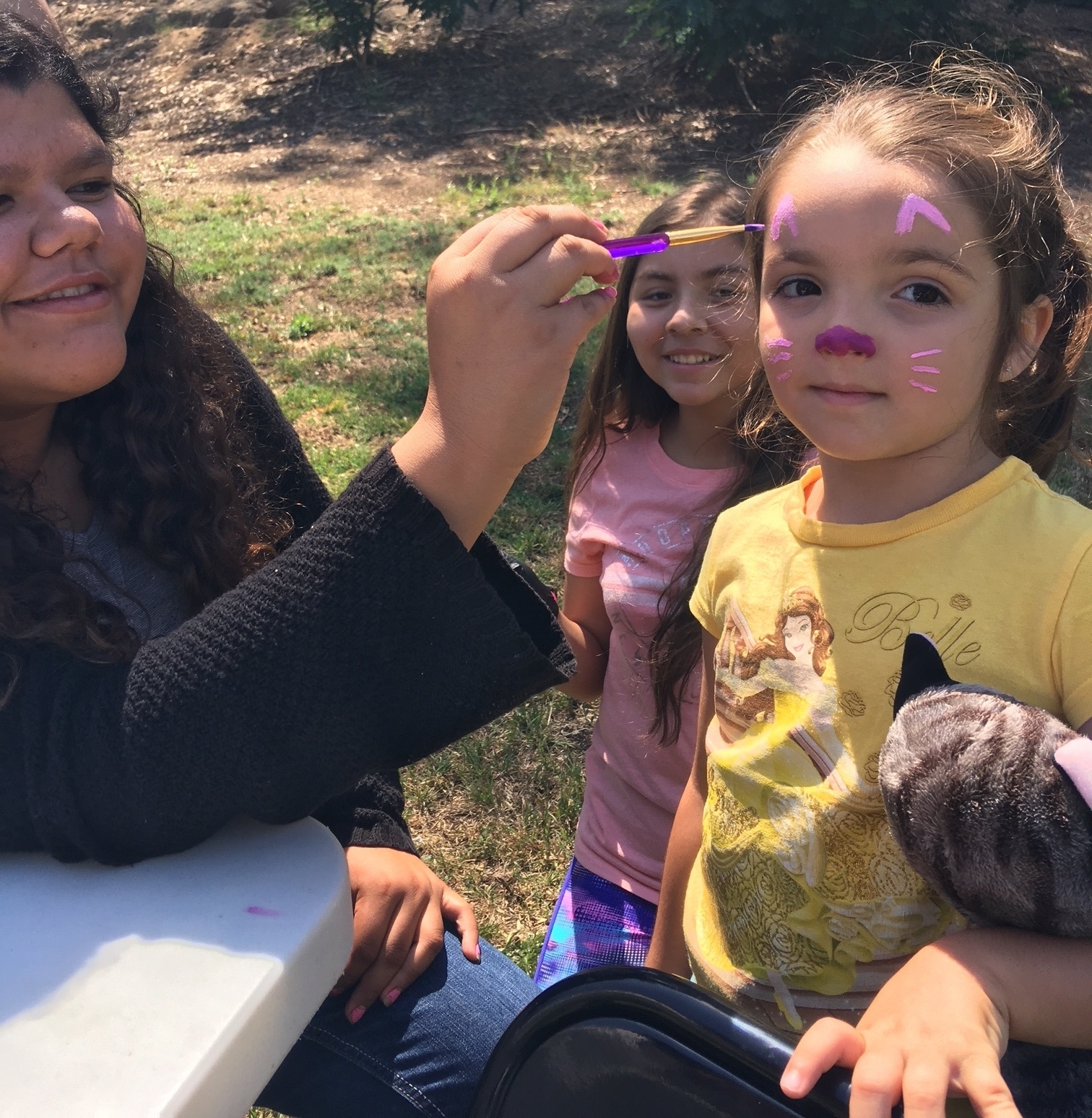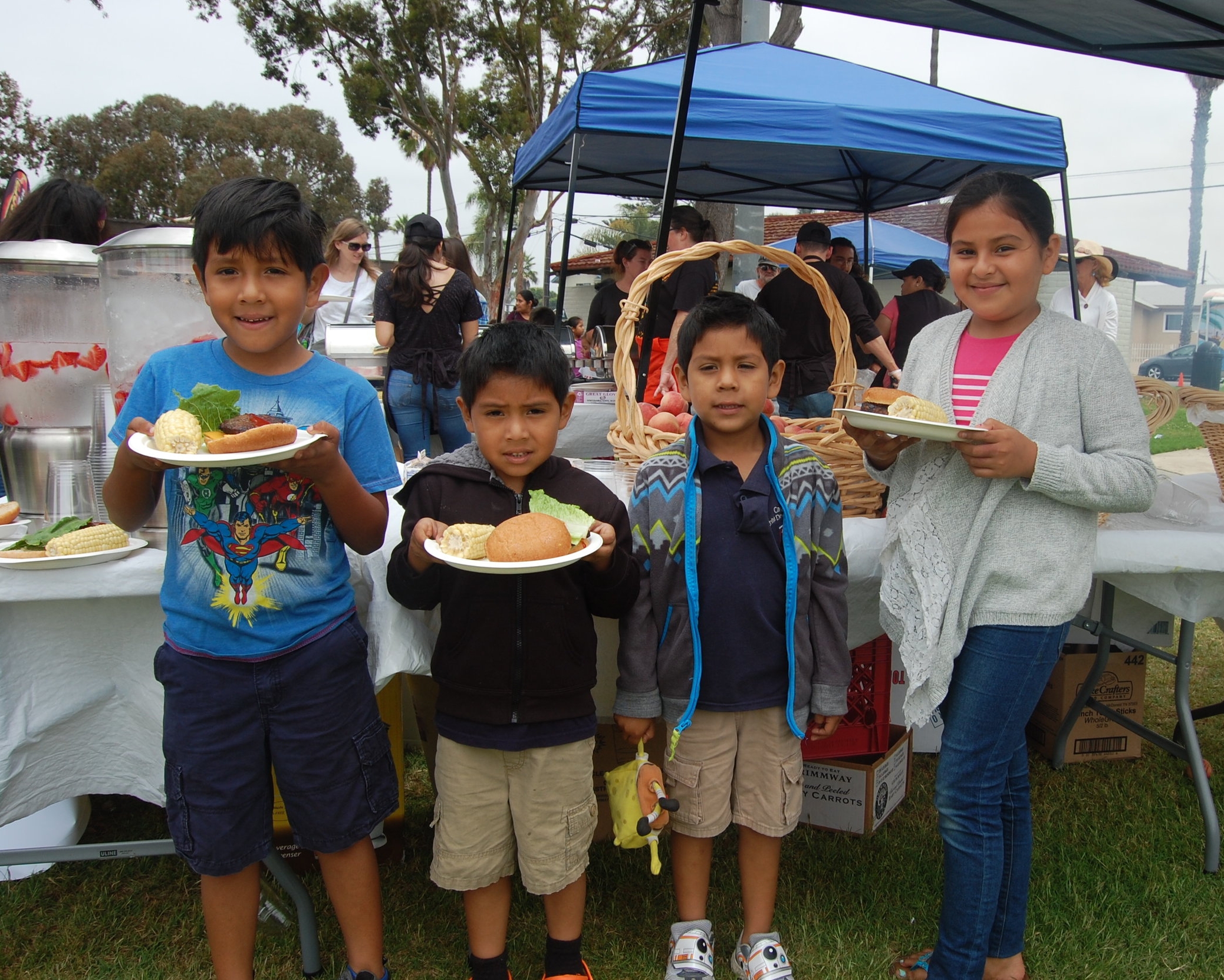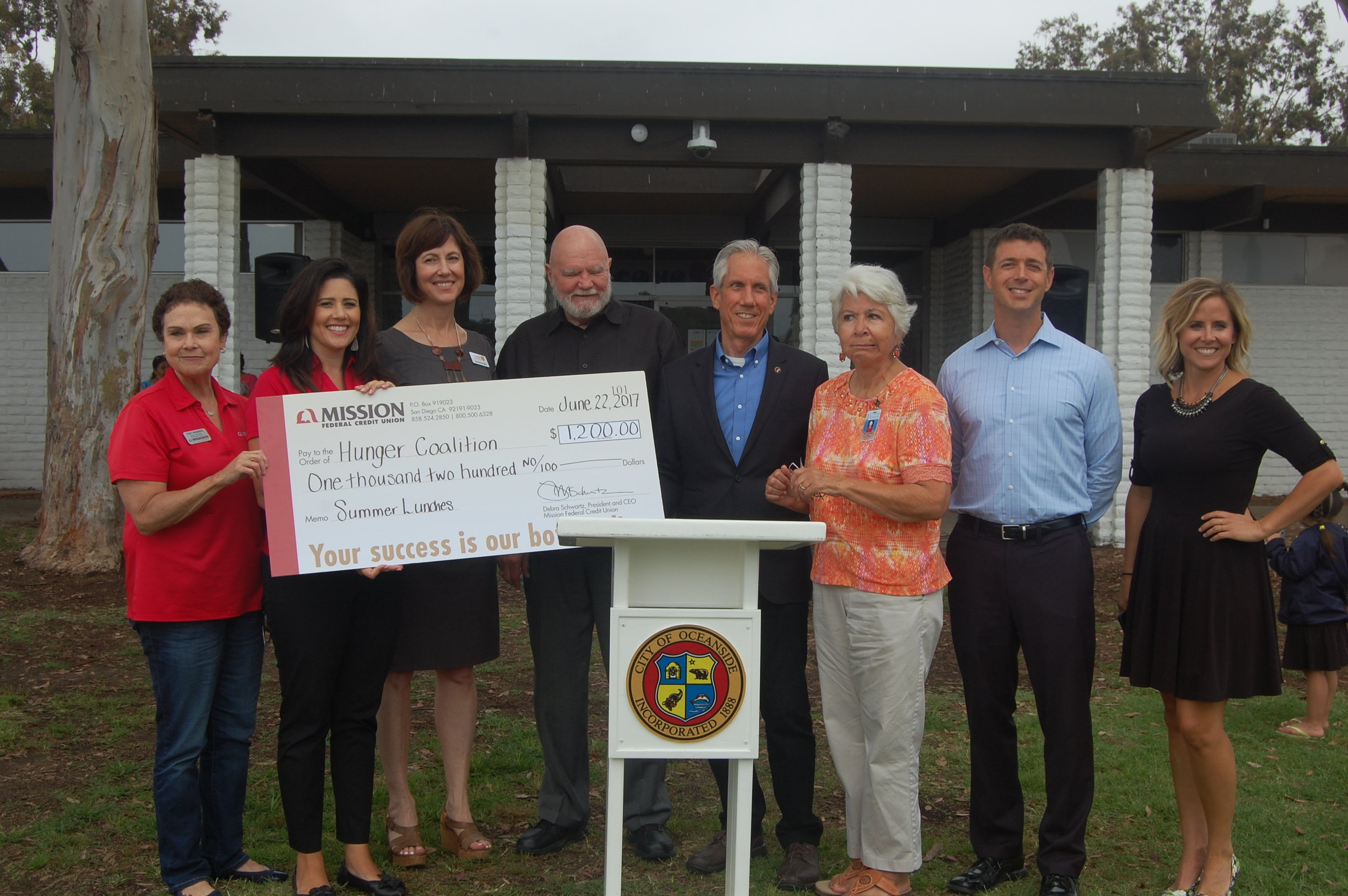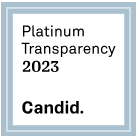The Hunger Advocacy Network's 2017 State Policy Priorities Pass!
/Each year, the Hunger Advocacy Network (HAN), facilitated by the San Diego Hunger Coalition, selects State hunger relief policies to prioritize for its lobbying efforts. This year, HAN was aided by a new wave of support from its grassroots Hunger Free Activist network. These everyday activists and partners receive periodic opportunities to use their voice, when it matters most, to support key pieces of legislation that will protect and expand programs like CalFresh/SNAP (formerly known as food stamps) and School Meals. The Hunger Free Activists’ tweets, posts, calls, emails and letters over the past year worked! All of HAN’s state priority policies either passed or were included in the 2017-2018 state budget.
2017 State Priority Policy Initiatives
SB 138 (McGuire) - Feed the Kids: This law increases access to free and reduced-price school meals by implementing Medi-Cal Direct Certification statewide and calls upon very high poverty schools to offer free school meals to all students.
Signed by Governor Jerry Brown - October 12, 2017
AB 1219 (Eggman) – Good Samaritan Food Donation Act: This law clarifies and expands existing liability protections for food donors to reduce waste and increases resources for San Diegans struggling with food insecurity.
Signed by Governor Jerry Brown - October 9, 2017
AB 607 (Gloria) - Community Resiliency & Disaster Preparedness Act of 2017: This law protects against increased hunger and hardship of low-income families during a disaster by requiring the CalFresh program to maximize replacement benefit options during a disaster or power-outage and provide additional budget resources to be triggered in the case of a disaster declared by the Governor to improve the success of a federal request for disaster anti-hunger assistance and administration of the aid.
Signed by Governor Jerry Brown - October 5, 2017
AB 214 (Weber) – College Hunger: This law addresses college student hunger by defining terms used in the CalFresh program to determine eligibility and clarifies the law concerning CalFresh Restaurant Meal Program on college campuses.
Signed by Governor Jerry Brown - July 24, 2017
AB 164 (Arambula) – California Leads to Meet Food Needs: This funding will establish a new state-funded anti-hunger CalFresh benefit to be issued under prescribed circumstances, such as drought, disaster, or in the case of federal SNAP ineligibility, and to be issued using the EBT system.
The 2017-2018 Budget includes one-time funding of $5 million for a CalFresh Unsafe Drinking Water Benefit Pilot program. This program will provide benefits to residents served by public water systems that fail to meet safe drinking water standards.
What’s Next?
Both the Senate and the House of Representatives have passed versions of a FY 2018 Budget Resolution that expedites tax cuts for the wealthy, at the expense of programs that support low and middle-income people. This includes threats to cut SNAP (known as CalFresh in California). In the coming months, Congress will be writing the budget legislation that they will vote on. As details become available, we will be back in touch to ask you to contact members of Congress and ask them to protect important federal programs that provide food assistance to members of our community.





